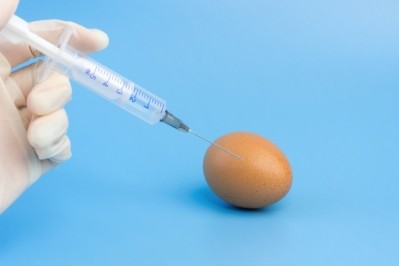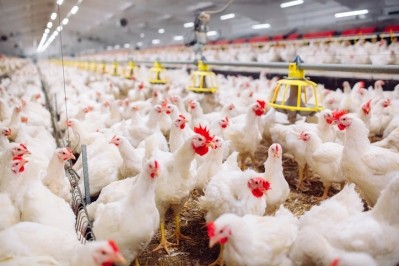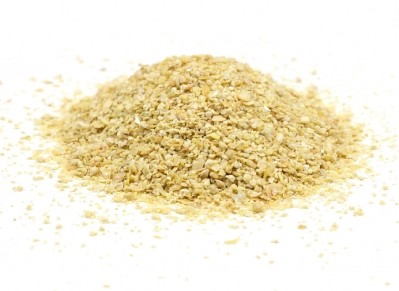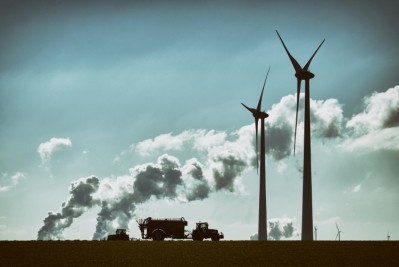University of Arkansas tracking GHG emissions linked to crops grown for poultry feed
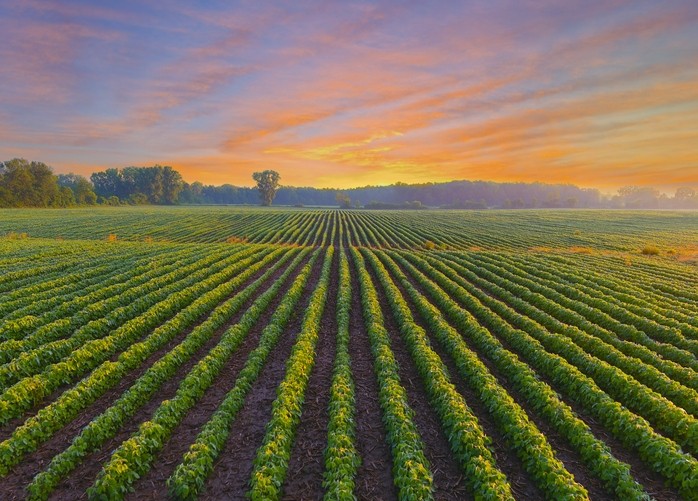
Most greenhouse gas (GHG) emissions in commercial poultry operations are linked to feed production, and methods to reduce those emissions are the focus of a US Department of Agriculture (USDA) grant to the University of Arkansas' System Division of Agriculture.
The state of Arkanasas harvested over 3 million acres in soybeans and 830,000 acres in corn for grain in 2021, according to the 2022 Arkansas Agriculture Profile.
Meanwhile, a 2020 life cycle assessment found that feed production contributed about 72% of GHG emissions associated with broiler production.
The Arkansas Agricultural Experiment Station, the research arm of the Division of Agriculture, will conduct measurements of GHG emissions on farms that cultivate corn and soybeans. That data will inform subsequent assessments to determine which is the more climate-smart practice: conventional tillage or conservation tillage.
The emissions measurement work will be led by Kris Brye, university professor of applied soil physics and pedology, Arkansas Agricultural Experiment Station.
The Division of Agriculture will also evaluate local market opportunities for direct sale and tracking of grain to broiler operations.
The research is backed by the USDA Climate-SMART commodities program. The university team will be funded for at least three years to demonstrate the viability of growing more environmentally friendly grains for sale to poultry feed operations.
Companion education program
Support for the project includes monies to create a companion education program with post-doctoral and graduate students, as well as a Climate-SMART instructor and a technician in the Division of Agriculture’s crop, soil, and environmental sciences department.
Other partners in the project include Mississippi State University, Alcorn State University in Mississippi, Southern Ag Services Inc., and Conservation Solutions LLC.
